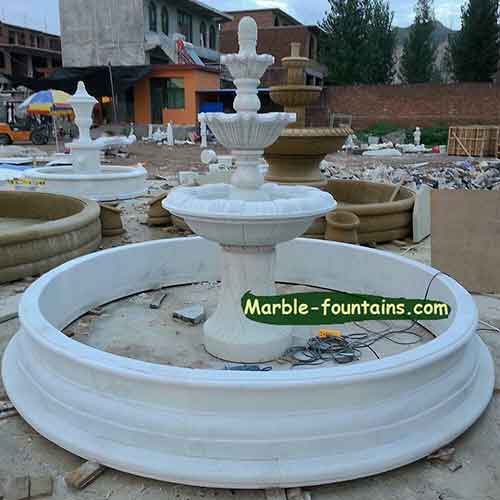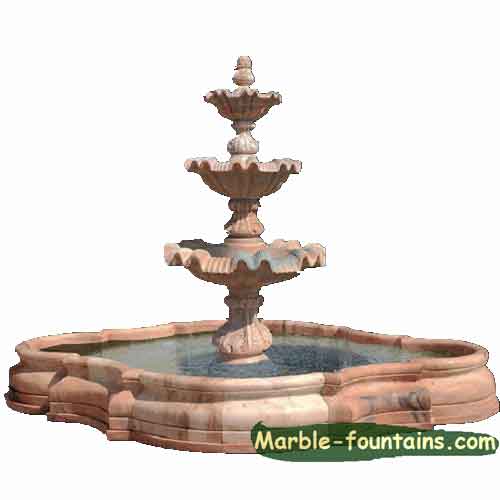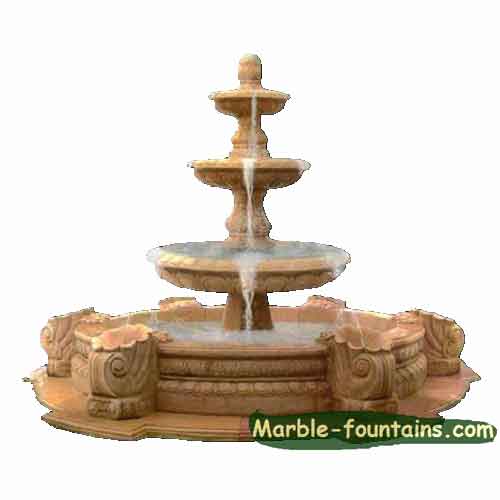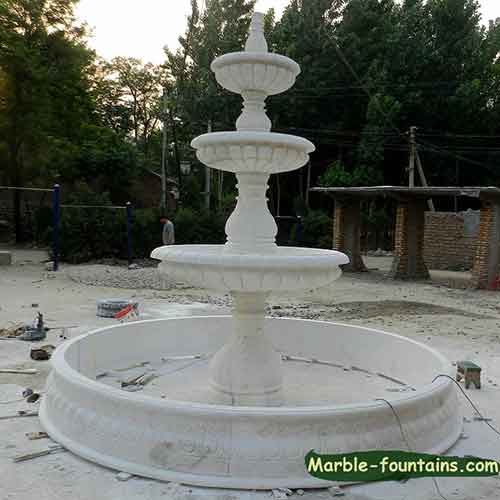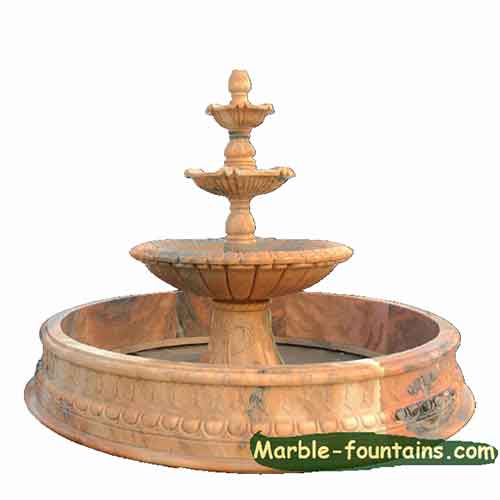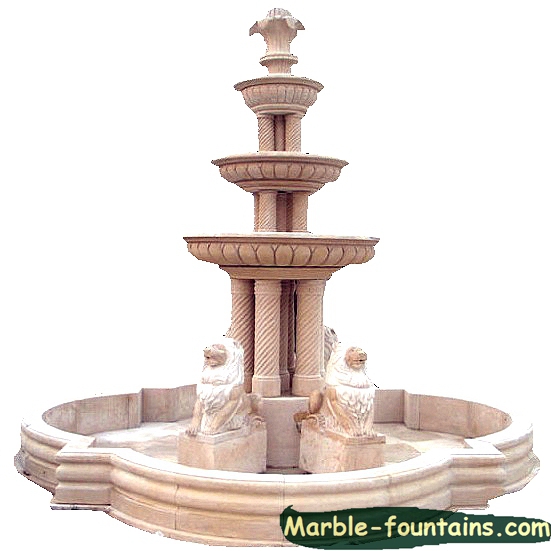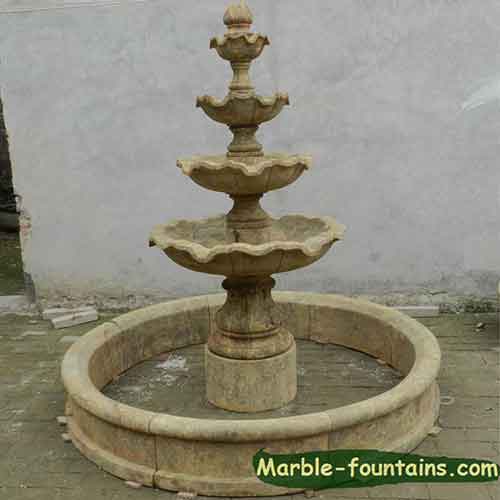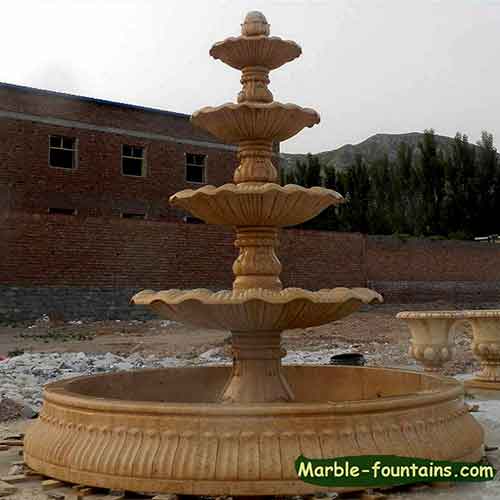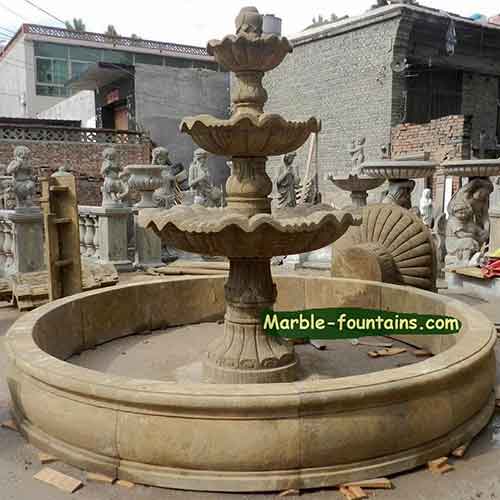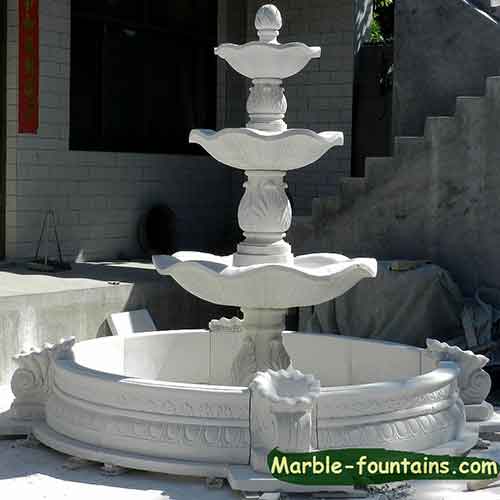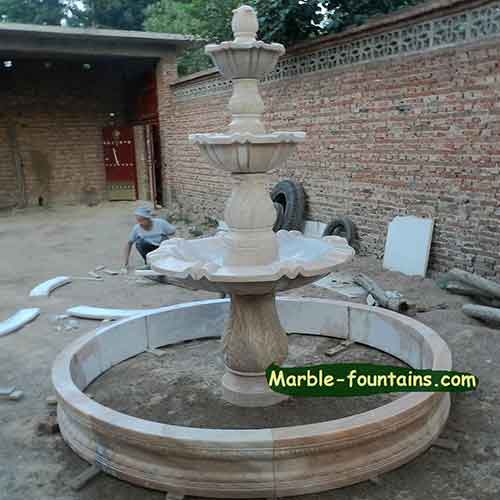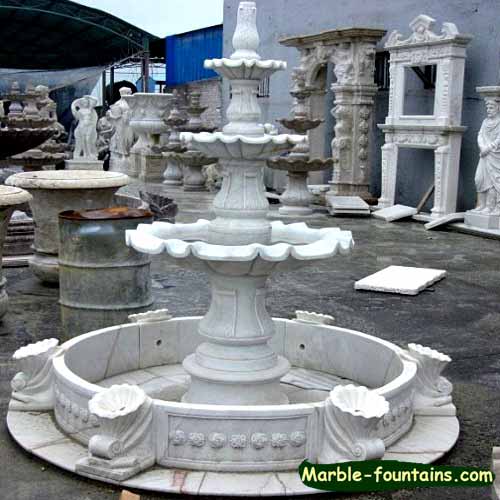INTRODUCTION
Architectural marvels have perpetually captivated human senses, molding our perceptions and engagement with the spaces enveloping us. In this intricate dance of design and ambiance, fountains have etched a remarkable niche, transcending mere water sources to become artistic emblems augmenting the beauty of their environs. Notably, the resplendent marble fountain, exemplified by the opulent four-tier fountains, has emerged as an emblem of architectural innovation across epochs.
As we delve into the annals of time, the four-tier fountain materializes as a symbol of design's evolution, narrating the story of artistic sensibilities spanning centuries. This exploration becomes a temporal odyssey, unearthing the intricate historical progression of these ornate structures. Their significance transcends the utilitarian, offering insights into shifting paradigms of beauty and spatial interplay.
Intrinsically linked to grandeur and elegance, the four-tier fountain resonates beyond its chronological context. Today, the allure endures, echoing in the lexicon of luxury, where garden fountain for sale carry whispers of an era marked by meticulous craftsmanship and aesthetic refinement. Thus, our voyage into the realm of four-tier fountains unravels not just the pages of history, but also intertwines the past with contemporary pursuits of beauty and distinction.




